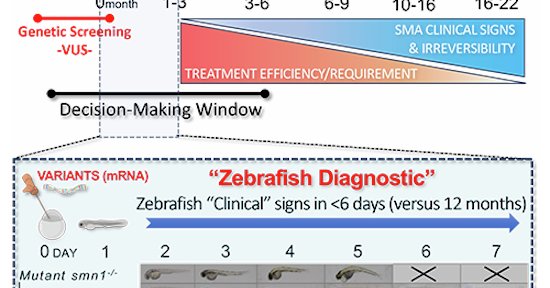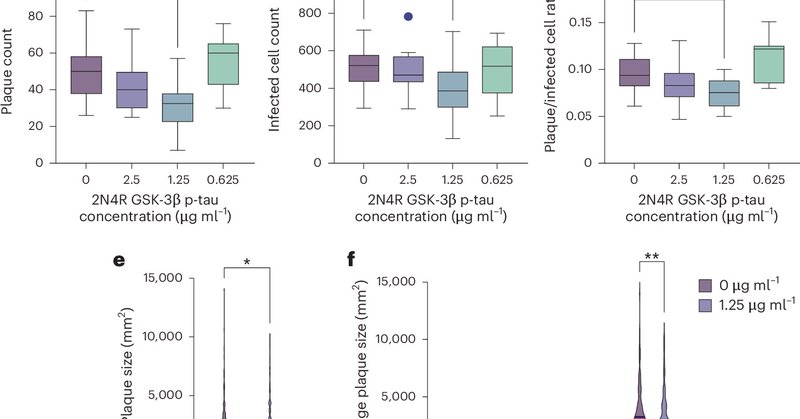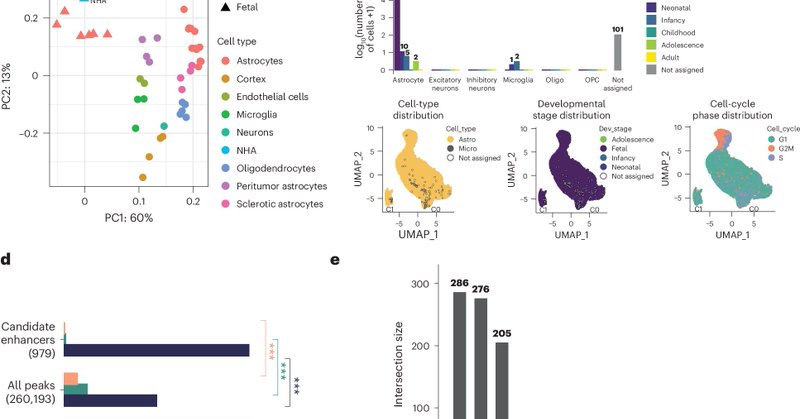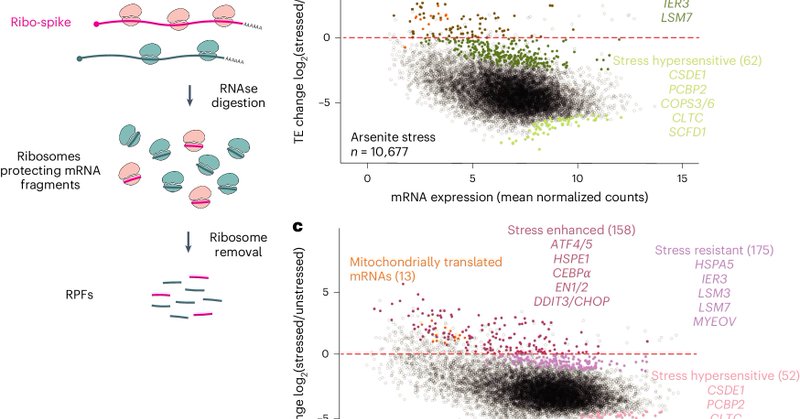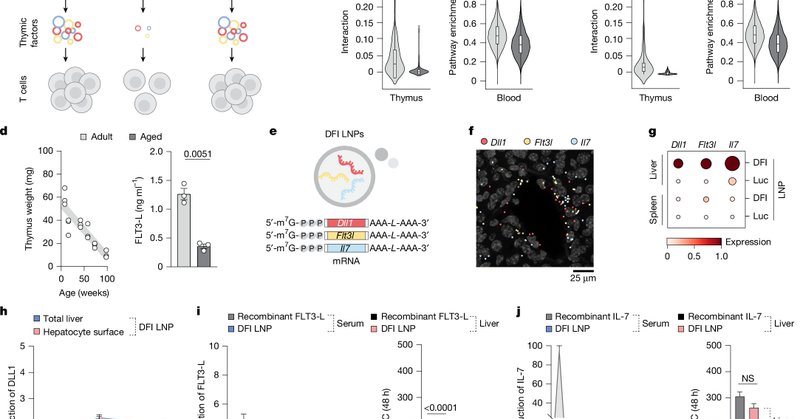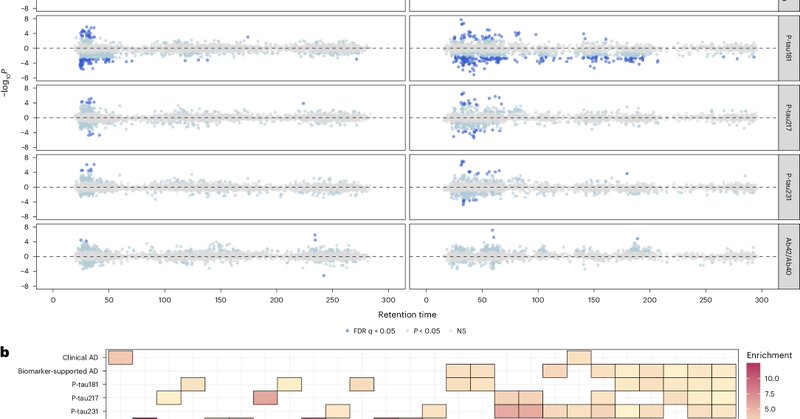
ShorterLab
@ShorterLab
Followers
12K
Following
20K
Media
2K
Statuses
19K
Countering deleterious phase transitions in ALS/FTD, PD, AD, and related disorders @Penn @PennMedicine @bb_upenn @BMBGGUPENN @PGGUPenn @PennNGG @CAMBUpenn
University of Pennsylvania
Joined January 2012
Clinical relevance of zebrafish for gene variants testing. Proof-of-principle with SMN1/SMA:
link.springer.com
EMBO Molecular Medicine - Spinal muscular atrophy (SMA) results from SMN1 gene loss-of-function (LOF), with disease severity directly linked to the level of remaining SMN protein. Nusinersen,...
0
0
3
TDP-43 directly inhibits mRNA accumulation in neurites through modulation of mRNA stability:
link.springer.com
The EMBO Journal - The subcellular localization of many mRNAs to neuronal projections allows neurons to efficiently and rapidly react to spatially restricted external cues. However, for most of...
0
3
20
Phosphorylated tau exhibits antimicrobial activity capable of neutralizing herpes simplex virus 1 infectivity in human neurons:
nature.com
Nature Neuroscience - The authors found that the Alzheimer’s disease-associated protein tau, widely considered pathogenic when hyperphosphorylated, has a natural function as part of the...
2
3
17
CRISPRi screening in cultured human astrocytes uncovers distal enhancers controlling genes dysregulated in Alzheimer’s disease:
nature.com
Nature Neuroscience - This study reveals how distal DNA ‘switches’ control gene activity in human astrocytes. Using CRISPRi screens and single-cell RNA-seq, we map enhancer–gene...
0
7
17
The G3BP stress-granule proteins reinforce the integrated stress response translation programme:
nature.com
Nature Cell Biology - Smith and Bartel show that mRNA recruitment to stress granules imparts resistance to the integrated stress response translational shutdown.
0
4
20
Engineered base editors with reduced bystander editing through directed evolution:
nature.com
Nature Biotechnology - Base editors are made more precise through deaminase and gRNA engineering.
1
2
24
Targeted antisense oligonucleotide treatment rescues developmental alterations in spinal muscular atrophy organoids:
nature.com
Nature Communications - Spinal cord organoids from SMA patients reveal widespread neurodevelopmental defects. Single-cell and functional analyses show global dysregulation, which can be rescued by...
0
0
1
A protein complex in the extreme distal tip of vertebrate motile cilia controls their organization, length, and function:
nature.com
Nature Communications - Here they combine in vivo imaging with proteomics to characterize a protein complex comprised of Ccdc78 and Ccdc33 that acts at the extreme distal tip of 9 + 2...
0
0
5
Deep Mutational Scanning of FDX1 Identifies Key Structural Determinants of Lipoylation and Cuproptosis:
nature.com
Nature Communications - Here, the authors show that two residues in FDX1 control both protein lipoylation and copper-induced cell death, suggesting these roles are interconnected. They also...
0
0
3
Transient hepatic reconstitution of trophic factors enhances aged immunity
nature.com
Nature - Using lipid nanoparticle delivery of mRNAs to the liver in aged mice, T cell function and declining immune cues can be restored.
1
0
6
Full Self-Driving Supervised improves US road safety by over 80%, saving lives & preventing injuries
0
65
606
Lysophosphatidylcholines are associated with amyloidosis in early stages of Alzheimer’s disease:
nature.com
Nature Aging - Kalia et al. investigate metabolic changes in Alzheimer’s disease (AD) using blood metabolomics, and show that lysophosphatidylcholines are associated with early amyloidosis in...
1
6
30
Aberrant NSUN1 activity connects m5C-RNA modification to TDP-43 neurotoxicity in ALS/FTD
life-science-alliance.org
In amyotrophic lateral sclerosis (ALS) and frontotemporal dementia (FTD), the nuclear RNA-binding protein TDP-43 mislocalises to the cytoplasm and forms insoluble aggregates, but the mechanisms...
0
1
3
Genetic control of non-coding RNAs in the human brain and their implications for complex traits: The American Journal of Human Genetics
0
0
3
Designed as an FPP-first experience, PUBG: Black Budget is a tactical extraction shooter built around tension, survival, and the unknown.
0
197
3K




